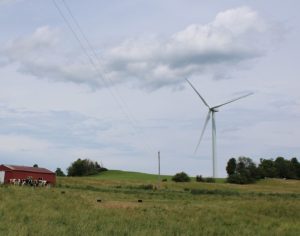Property tax growth for local governments will be capped at less than one percent for the 2016 fiscal year.

That’s according to a report that New York State Comptroller Thomas DiNapoli issued on Tuesday.
The report noted the allowable tax-levy growth factor will be 0.73 percent for entities that operate on a calendar-based fiscal year, including all counties, towns, fire districts, 44 cities, and 10 villages.
(Sponsored)

Is Your Small Business Ready for the Unexpected?
Essential Coverage Every Family Enterprise Needs Small businesses are built on big dreams, and those dreams run even deeper when family is involved. You’ve invested your time, money, and heart

How to Generate Staff Buy-In for Cloud Document Management
How businesses manage important documents has changed quite a bit throughout history. Information that used to be housed in filing cabinets and rolodexes is now stored digitally, often in one
Local-government officials “need to brace” for the lowest growth in their property-tax revenue in the tax-cap era, DiNapoli said in a news release.
“Municipalities may have to operate differently under these new limits. Even tougher budget choices may be required on staffing levels, delivery of services, fund-balance reductions, and deferral of capital and infrastructure projects. And if inflation trends continue, it is possible that some local governments with fiscal years beginning later in 2016, including school districts, could be faced with zero growth in property-tax revenue,” DiNapoli said.
The tax cap first applied to local governments in 2012. It limits tax-levy increases to the lesser of the rate of inflation or 2 percent with some exceptions, including a provision that allows municipalities to override the cap, DiNapoli’s office said.
In the 2016 fiscal year, DiNapoli estimates that more than 1,800 calendar-year local governments will have about $88.3 million less in tax-levy growth compared to what they had in 2015 when the factor was 1.56 percent.
He also estimates a figure of $135.1 million less than they would have had when the factor was at 2 percent as in 2012 and 2013, according to the news release.
The state comptroller also projected the potential impact of levy restrictions for school districts, which have fiscal years beginning on July 1.
The impact could range from a loss of $182.7 million, assuming a factor of 0.73 percent, to a loss of $332.6 million, assuming a factor of zero, DiNapoli projected.
These ranges are in comparison to the 2015-16 tax levy cap of 1.62 percent.
Contact Reinhardt at ereinhardt@cnybj.com



